Uncover The Secret Of The Bendable Glass On The Galaxy Z Flip
Aadhya Khatri - Feb 20, 2020
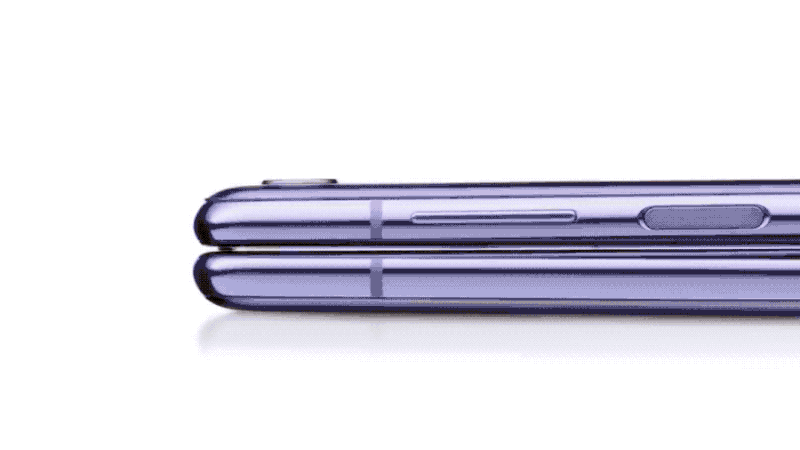
Making glass flexible is not easy, but not impossible, and Samsung's Galaxy Z Flip has proven that. But what goes into the making of that bendable screen?
- Best Gaming Phones 2025: Top Devices for Mobile Gaming
- Samsung Odyssey 2025 Gaming Monitors Launch in India with Revolutionary Features
- Samsung Galaxy Z Fold 7 Ultra: The Next Chapter of Premium Foldables
February 11th, 2020 saw Samsung bent the laws of physics by introducing the Galaxy Z Flip, the world’s first smartphone with a flexible glass, taking a big leap from polymer screens to ultra-thin glass.
Samsung acts as if they have invented a new form of glass, which is flexible instead of stiff, the attribute we usually associate this material with. It also invented a name for it, the UTG (short for Ultra-Thin Glass).
However, as it turns out, physics does take a toll on the UTG after all.
But as the world would see days later, physics isn’t so easy to ignore. What Samsung uses to be the screen of its Galaxy Z Flip actually has polymer in it.
Samsung does exaggerate a bit about the big leap, but it does not lie, the Z Flip does have a flexible glass screen, which is manufactured by Schott, a company in Germany.
Flexible Glass Is Real
If you ever wonder how Samsung is able to pull that off, here is an explanation from two material scientists, and representatives of Corning, the maker of Gorilla Glass and Schott themselves.
The idea here is almost anything can be bent if you make it thin enough. According to Corning, one of the most common misconceptions about the properties of glass is that it breaks because it is weak.
Dr. Mathias Mydlak, lead business development of Schott said that whatever the material, no matter how rigid they may seem, can all be bent to a certain extent. So there is no way a windowpane can be bent, a thin ribbon of glass can.
When you bend anything, what actually happens is you stretch the outside of the bend, and glass does have flex.
So when you bend a very thin ribbon of glass, there is less material to be stretched across the same place and fewer layers to be bent. Making glass thin was one of the two main tricks to make it flexible, said Juejun Hu, an MIT associate professor.
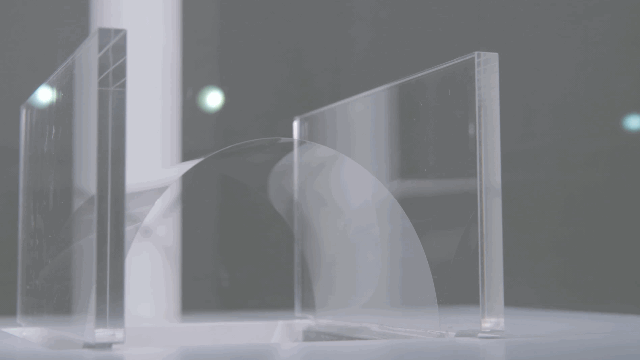
As long as you can manufacture glass under a hundred microns thick, as thin as a human hair, it can be the screen of a foldable device. If phone makers want a material that leaves no hinge gap, the thickness must be reduced down to tens of microns, the thickness of aluminum foil.
That is the first trick, the second trick is a bit more complex than that. Imperfections are to be expected with glass so what we have to do is to fix these flaws, especially those on the surface.
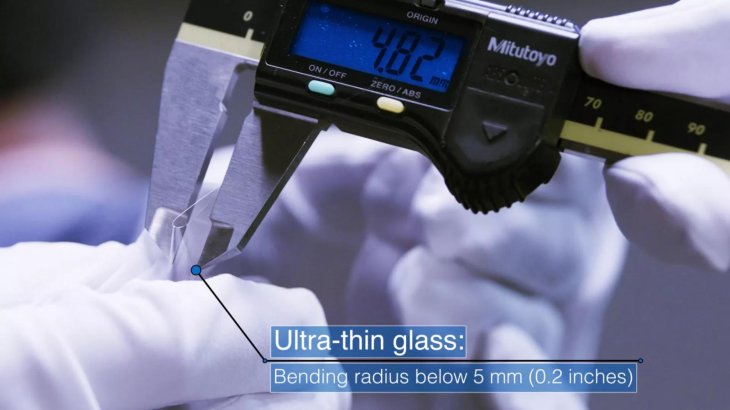
To reach the extent of bending without leaving a gap, no air bubble, dirt, or scratch is allowed on the final product. The reason here is that all of the stress tends to concentrate on these flaws, which might turn into a fracture.
The solution here is to use heat treatments and chemical baths to avoid defects. But that measure is not without tradeoffs. The most serious price to pay is that the glass will be easier to be scratched.
Scratches Are Deadlier
Mydlak said that Schott’s glass could never be broken if it is folded in a controlled environment. However, a scratch can change that. The scratch will be the defect that acts like a magnet to pressure. And if enough power is applied on the device, its screen will probably break like normal glass.
It is true that a polymer screen is more prone to scratches than glass but that latter is far from scratchproof. Anyone with a smartphone would know that.
So that might be the reason why Samsung puts a polymer layer on top. Not to strengthen the screen, but to be scratched instead of the fragile glass screen below it.
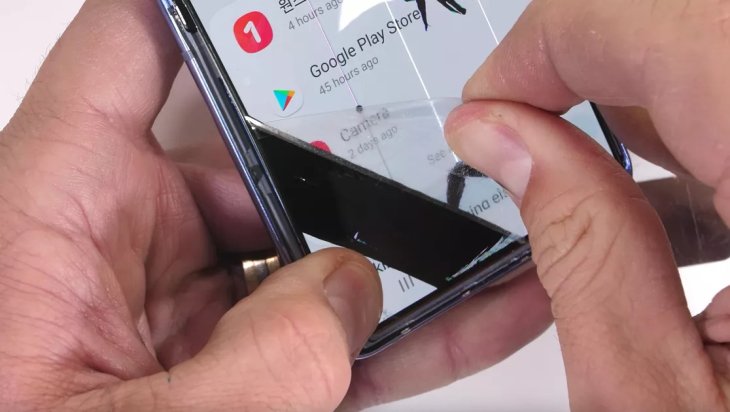
Schott is not Samsung’s sole partner in this endeavor. The Korean tech giant has been working with Dowoo, a Korean screen manufacturer since 2013. Recently, it even becomes the company’s biggest manufacturer. It is believed that Samsung works with both Dowoo and Schott on the Galaxy Z Flip.
What Good Is Glass?
So now we know how Samsung is able to pull off something like bendable glass. But another question arises, why does the company use glass in the first place instead of plastic like on the Galaxy Fold?
The possible reason here is while it is easier to be scratched, glass is more durable than plastic in the long run. Other reasons are the crease on the hinge will be less visible and glass has nicer optical clarity.
According to Corning, a layer of plastic protector might not be necessary for the near future. The company has made a type of bendable glass that is scratch-resistant and more durable than what we have on the Galaxy Z Flip. Corning projected that its product will be on the market in the next 12 to 18 months.

Making glass thin is no big deal with today’s technology but mass-producing it is another story, Schott and Corning admitted. The shipping process is a total nightmare for these companies as the glass is so fragile. Low yields will push the price of foldable devices higher and that is what Corning is trying to solve.
What the two material scientists advised users now is to step back and see how things go. As while Samsung has been able to make a type of glass suitable for a foldable device, a single scratch might ruin the phone and the price you have to pay to have it replaced will not be cheap.
Meanwhile, experts are working hard to make glass more durable and flexible. What they are testing now is using aluminum oxide instead of silica. If you find this idea wild, it is actually not. We have had alumina glass for a very long time now, but people usually know it under the name sapphire.
>>> Durability Test Shows That Galaxy Z Flip's Screen Is As Fragile As That Of Galaxy Fold
Featured Stories

Mobile - Oct 23, 2025
How Casual Games Are Winning the Mobile Attention War
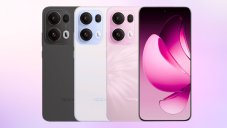
Mobile - Jul 03, 2025
OPPO Reno 14 Series Hits India: Launch Date, Cameras, and Specs
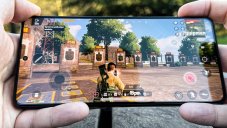
Mobile - Jun 12, 2025
Best Gaming Phones 2025: Top Devices for Mobile Gaming
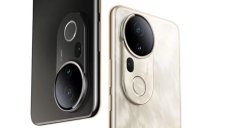
Mobile - Jun 12, 2025
Vivo T4 Ultra Debuts with MediaTek Dimensity 9300+ Chipset
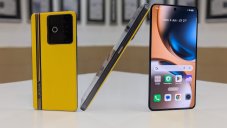
Mobile - Jun 08, 2025
Realme GT 7T Review: Power Meets Endurance in Controversial Style
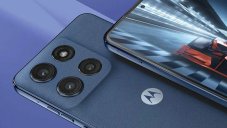
Mobile - Jun 08, 2025
Motorola Edge 60 Set to Debut in India This June
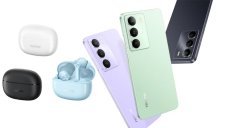
Mobile - Jun 07, 2025
Realme C73 5G Launches in India: Budget 5G Phone Starts at ₹10,499
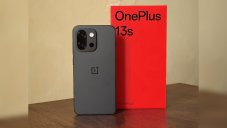
Gadgets - Jun 07, 2025
OnePlus 13s Makes Indian Debut: Compact Flagship Brings Premium Features at...
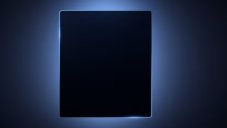
Mobile - Jun 04, 2025
Samsung Galaxy Z Fold 7 Ultra: The Next Chapter of Premium Foldables
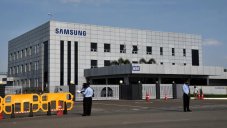
Mobile - Jun 02, 2025
Comments
Sort by Newest | Popular